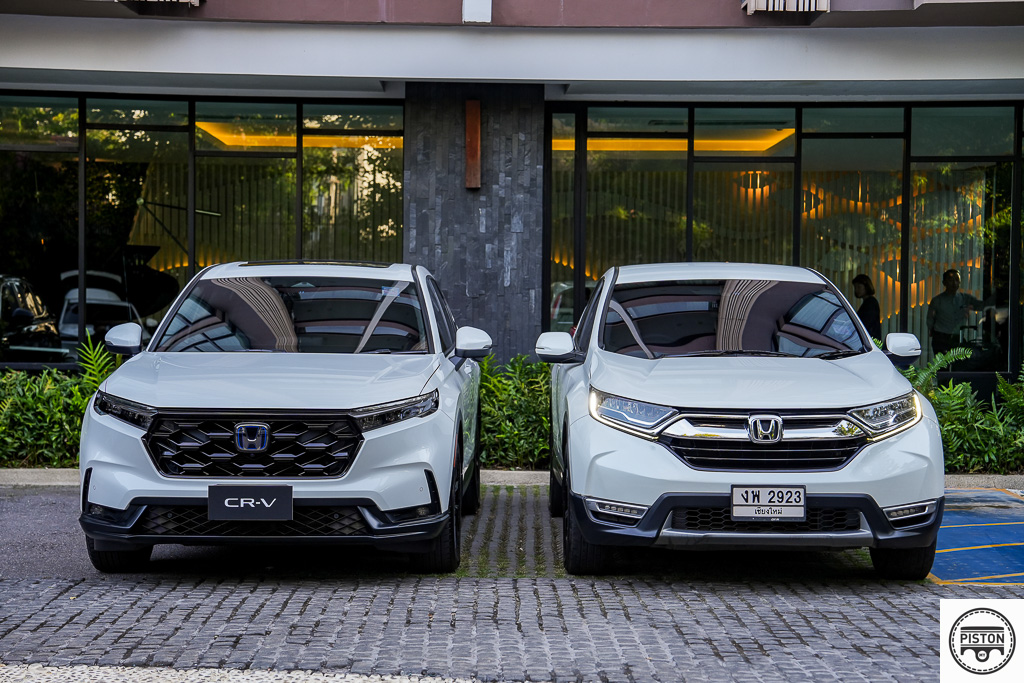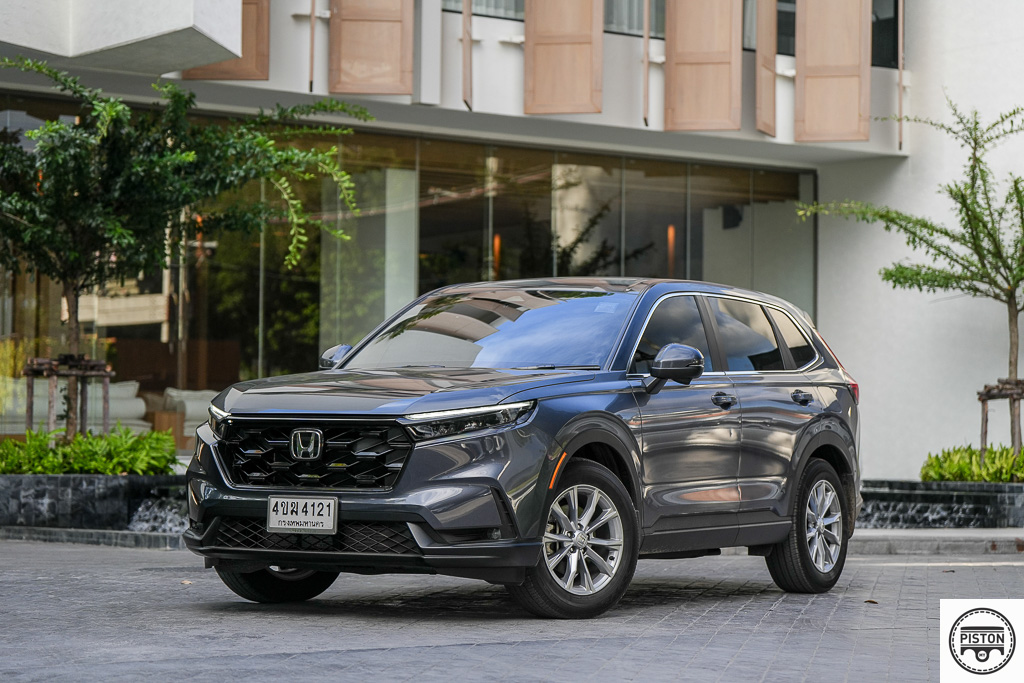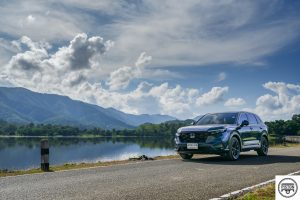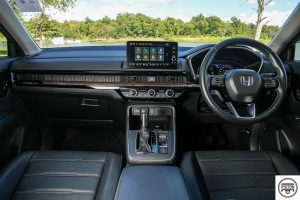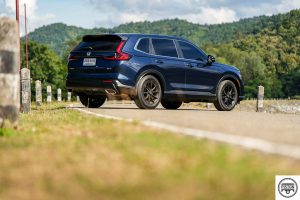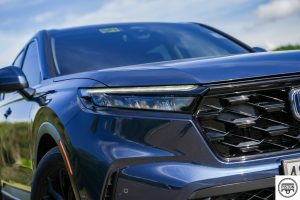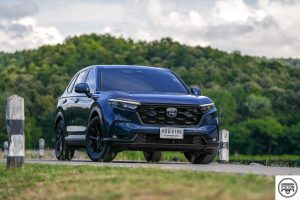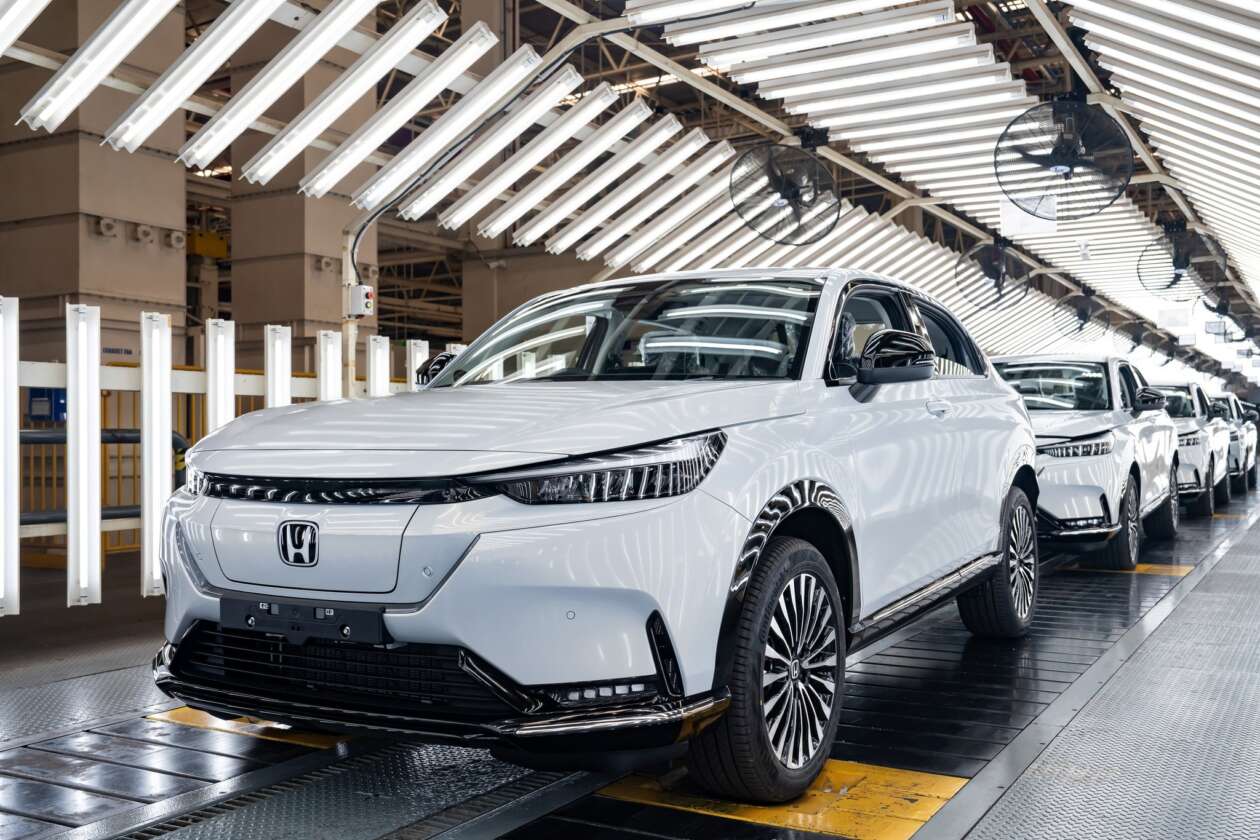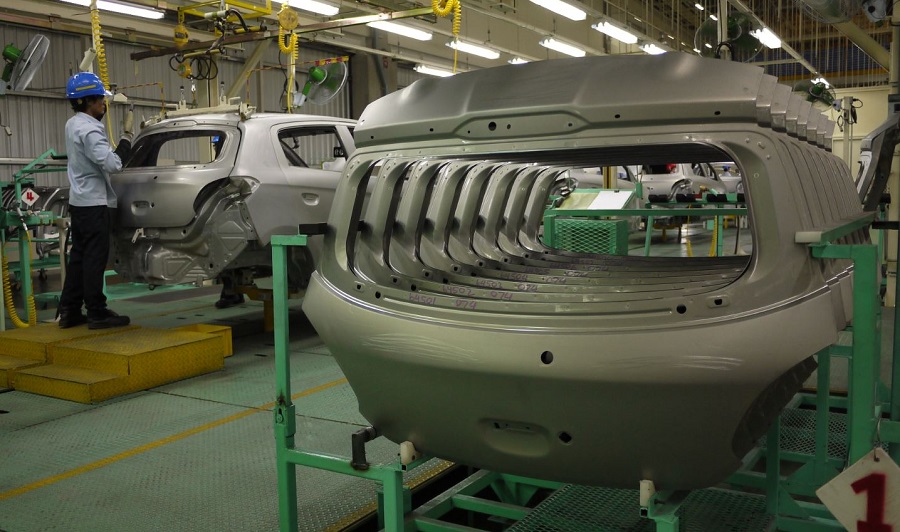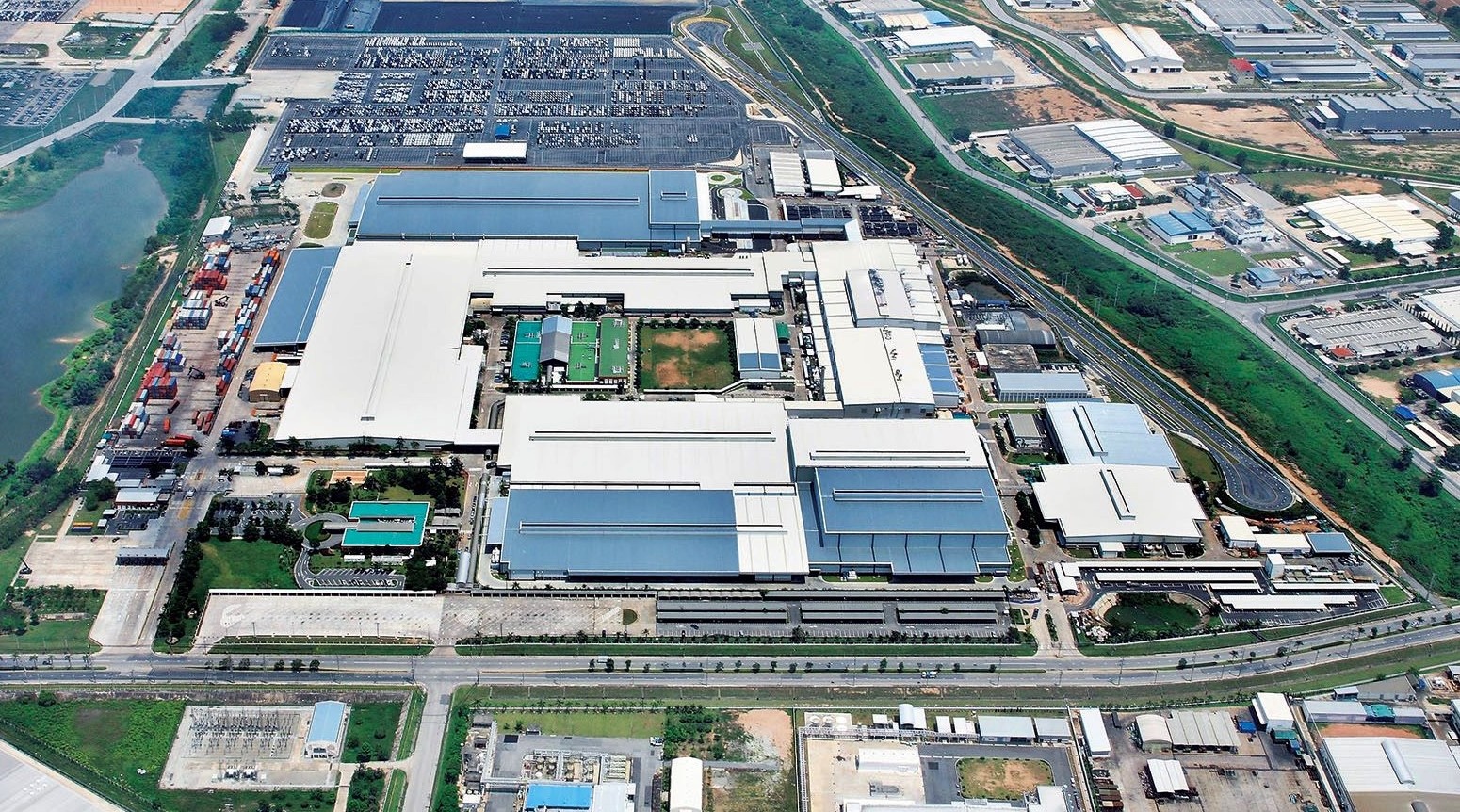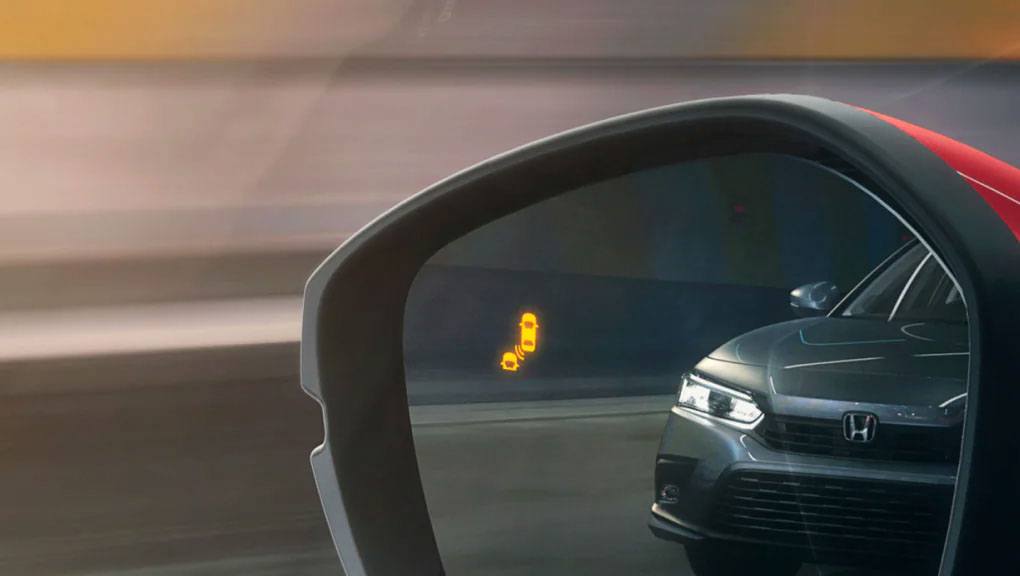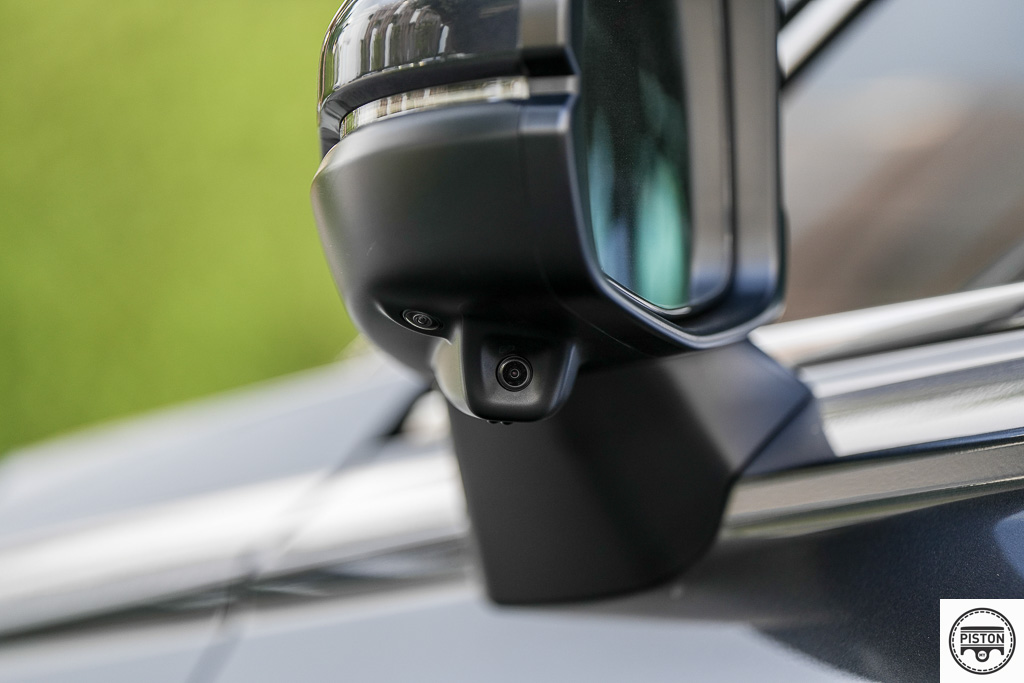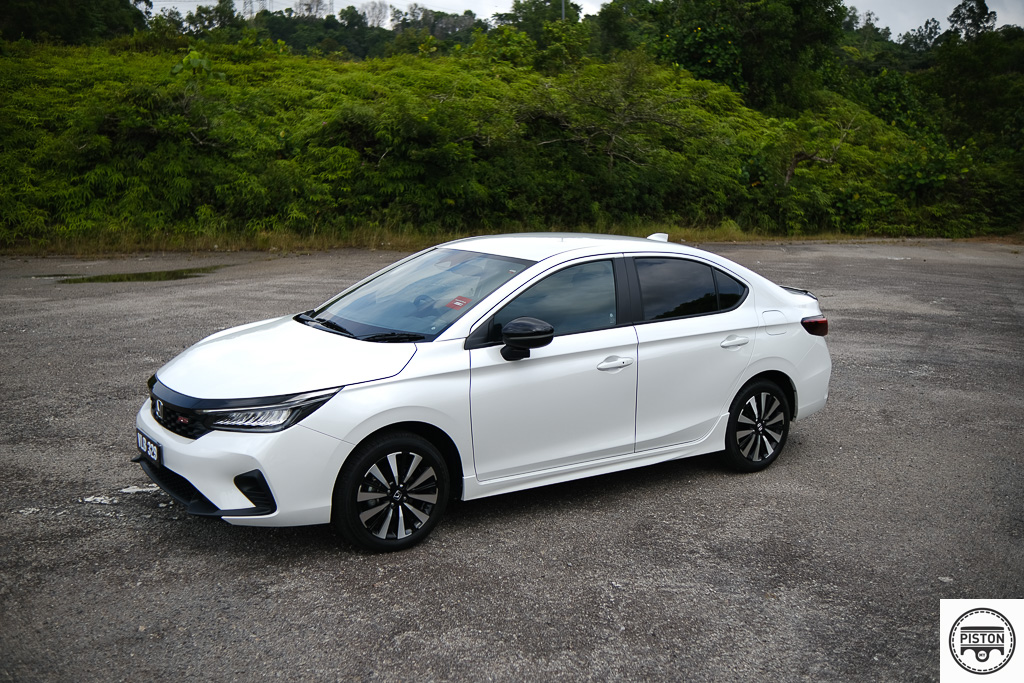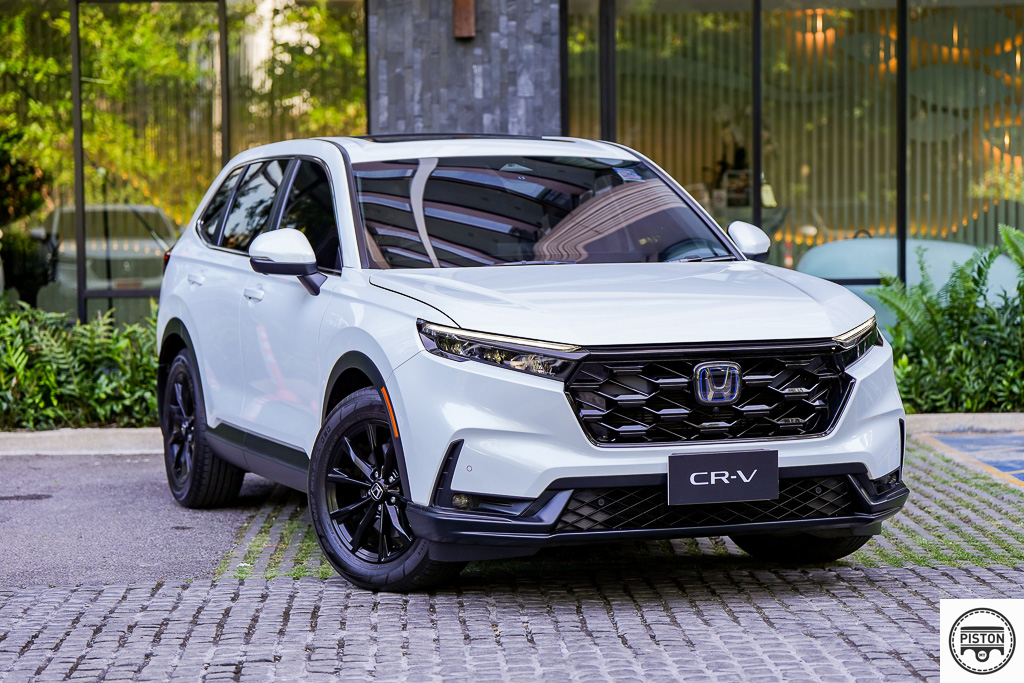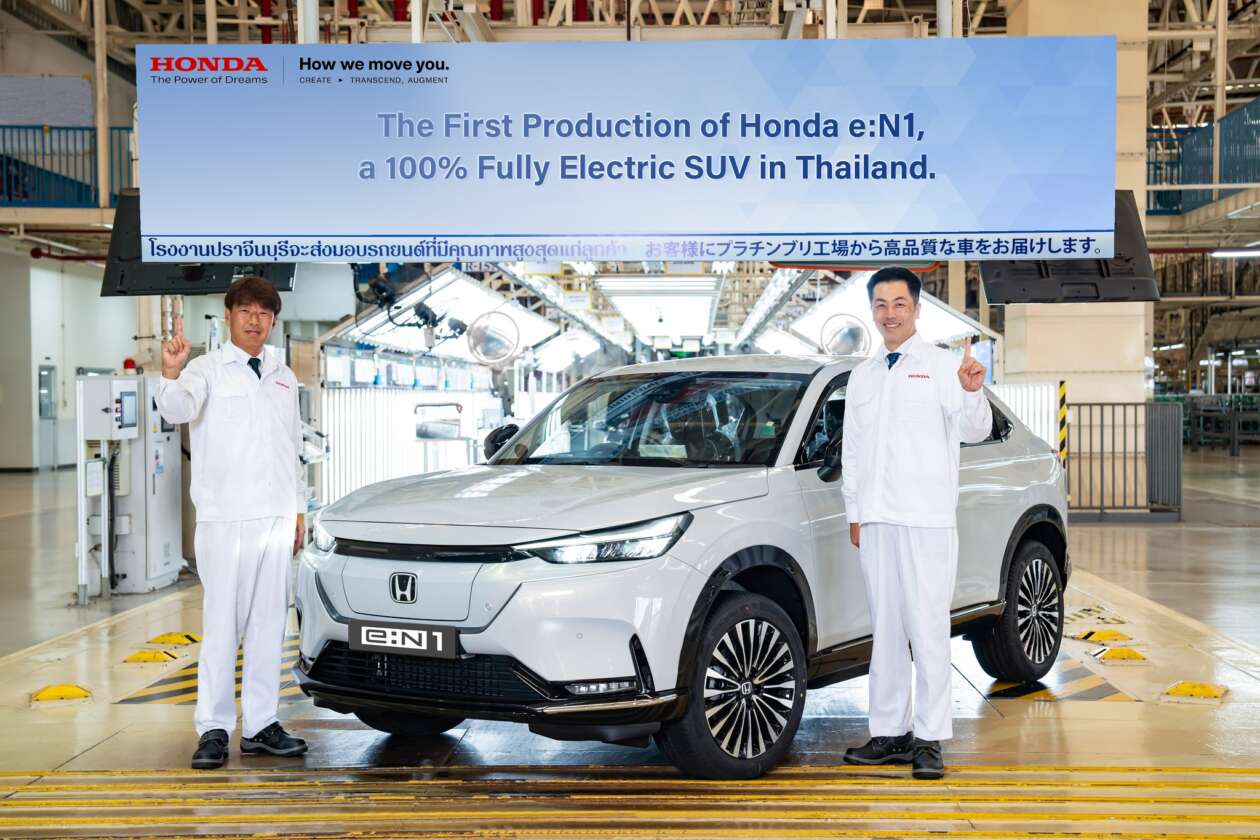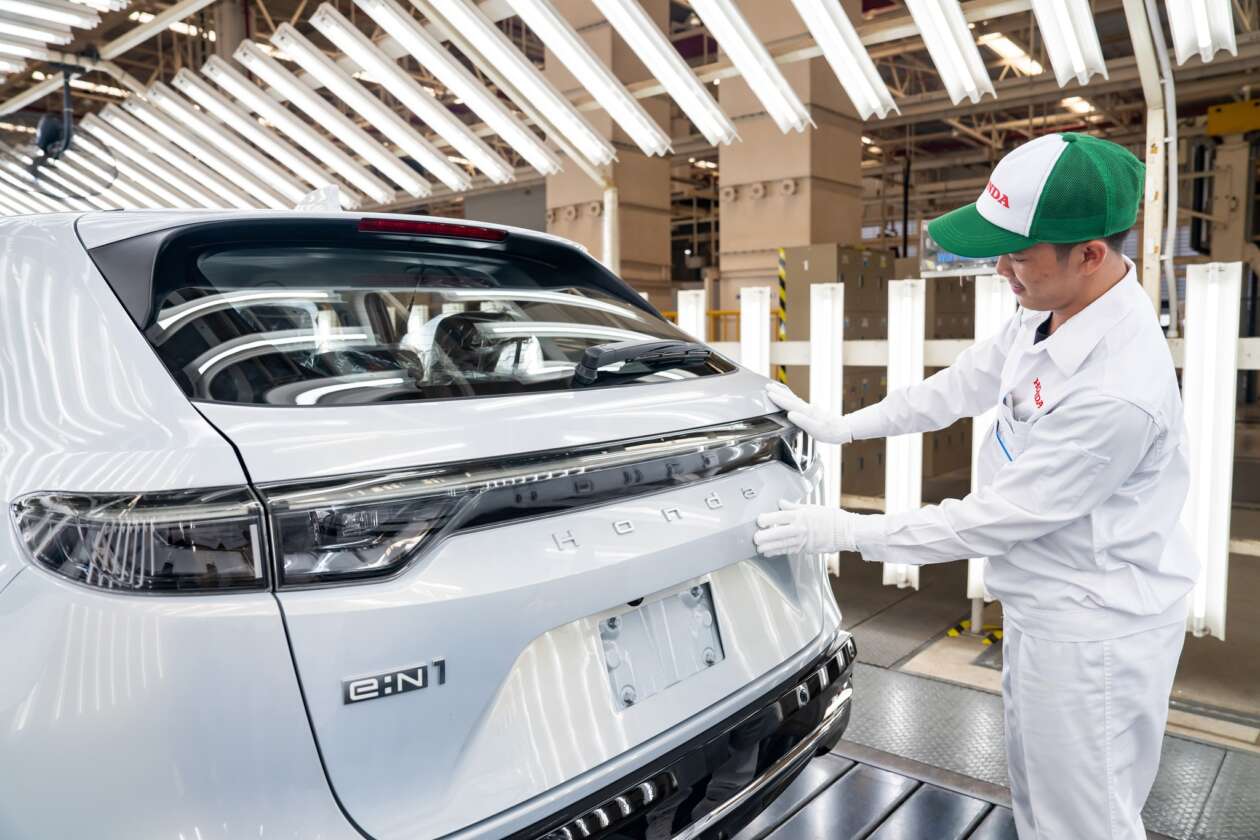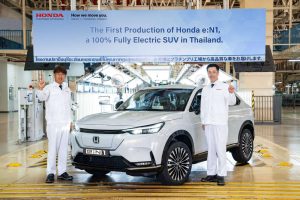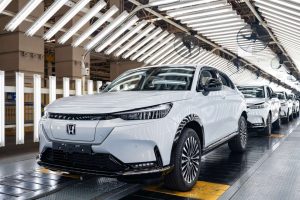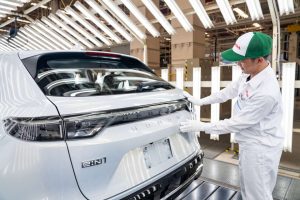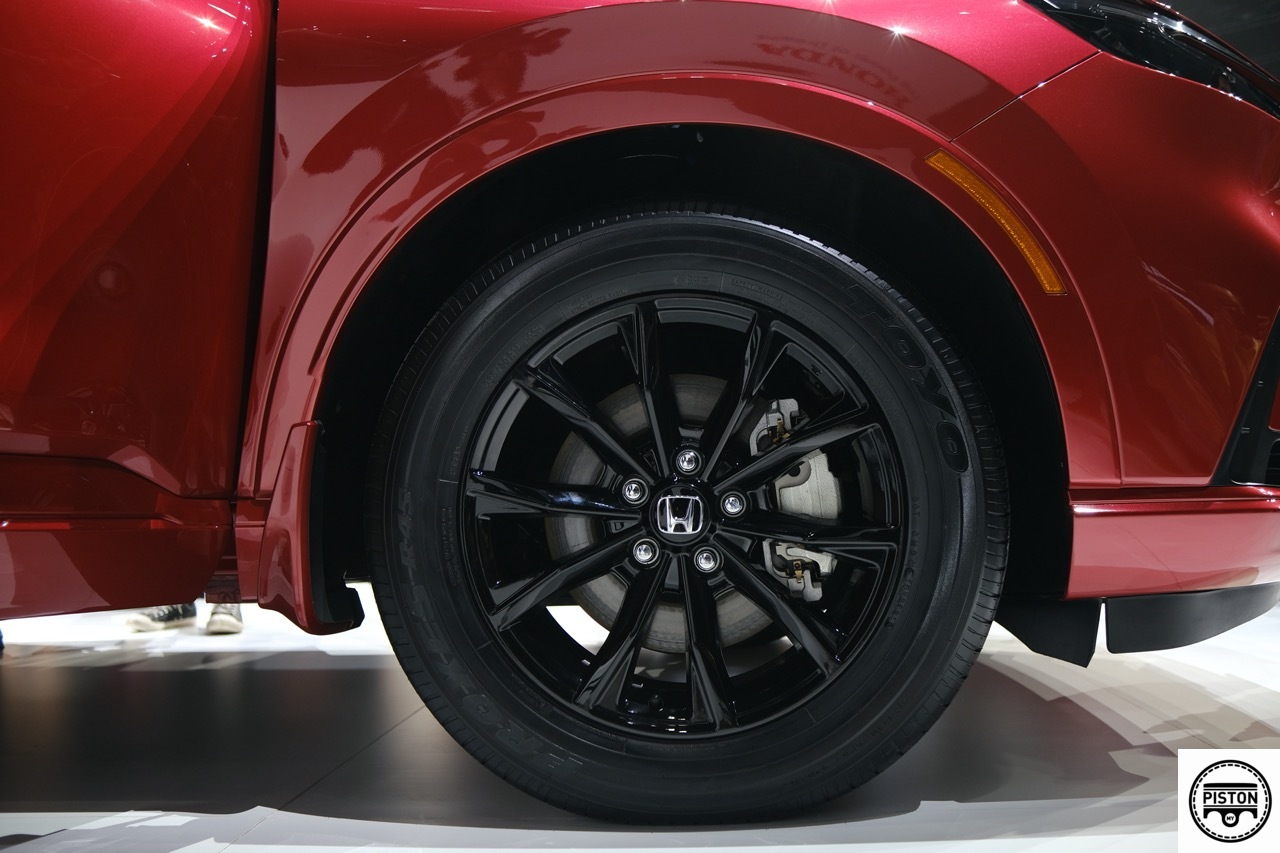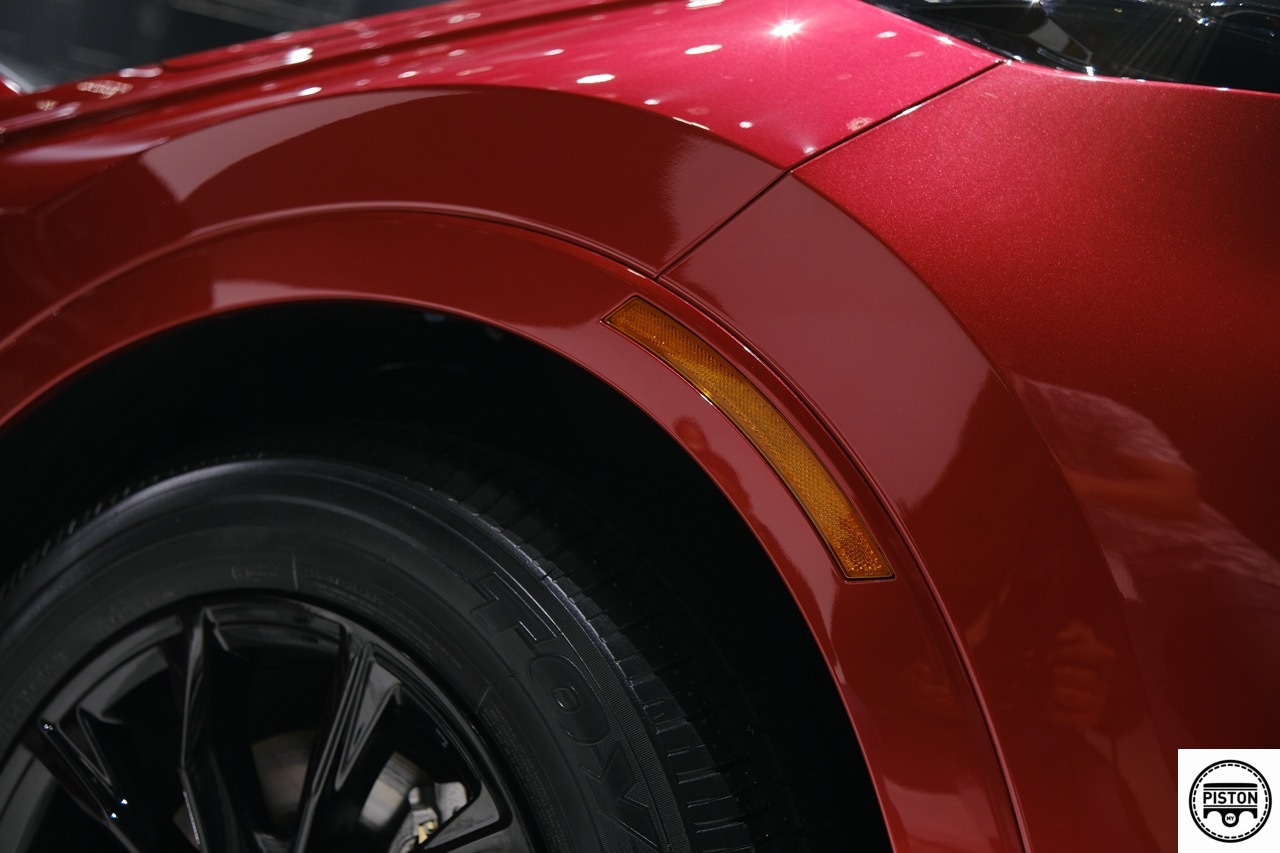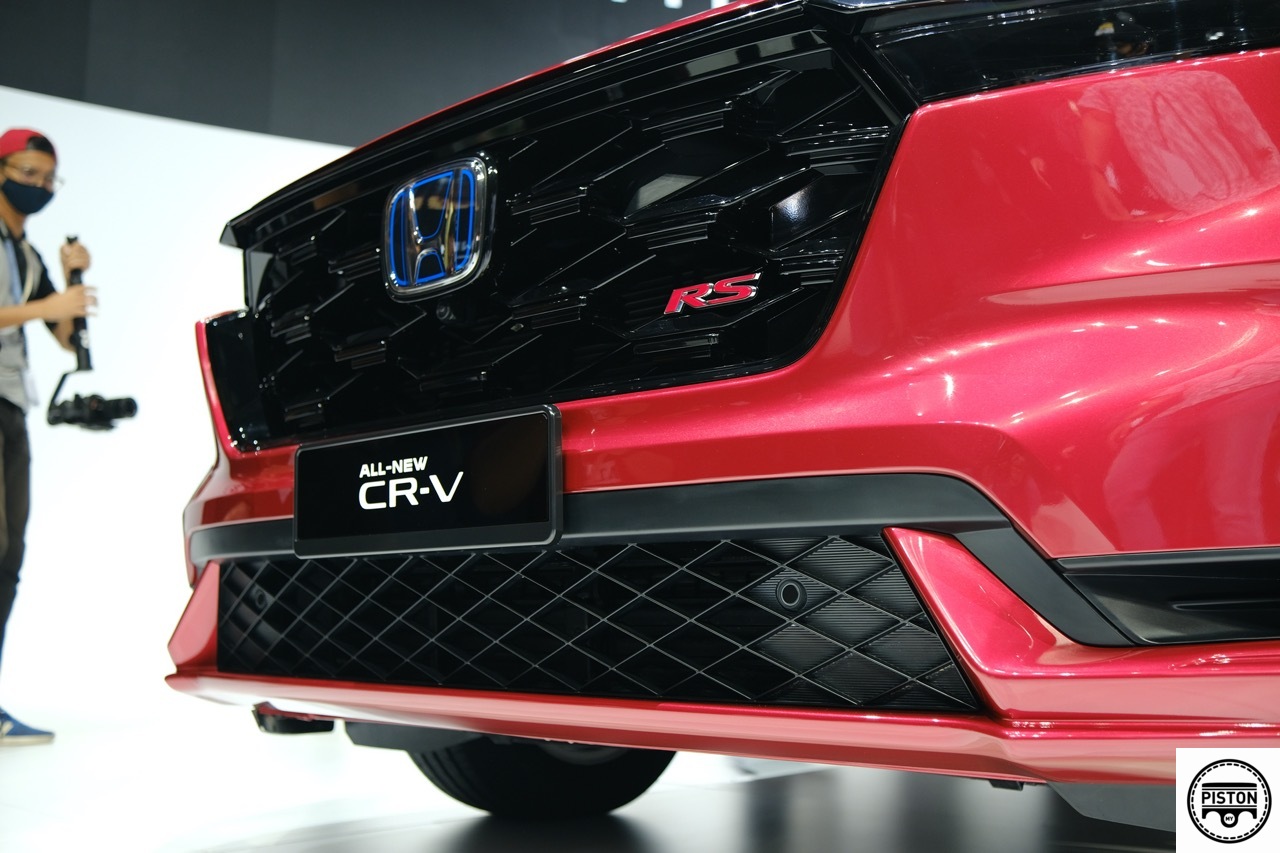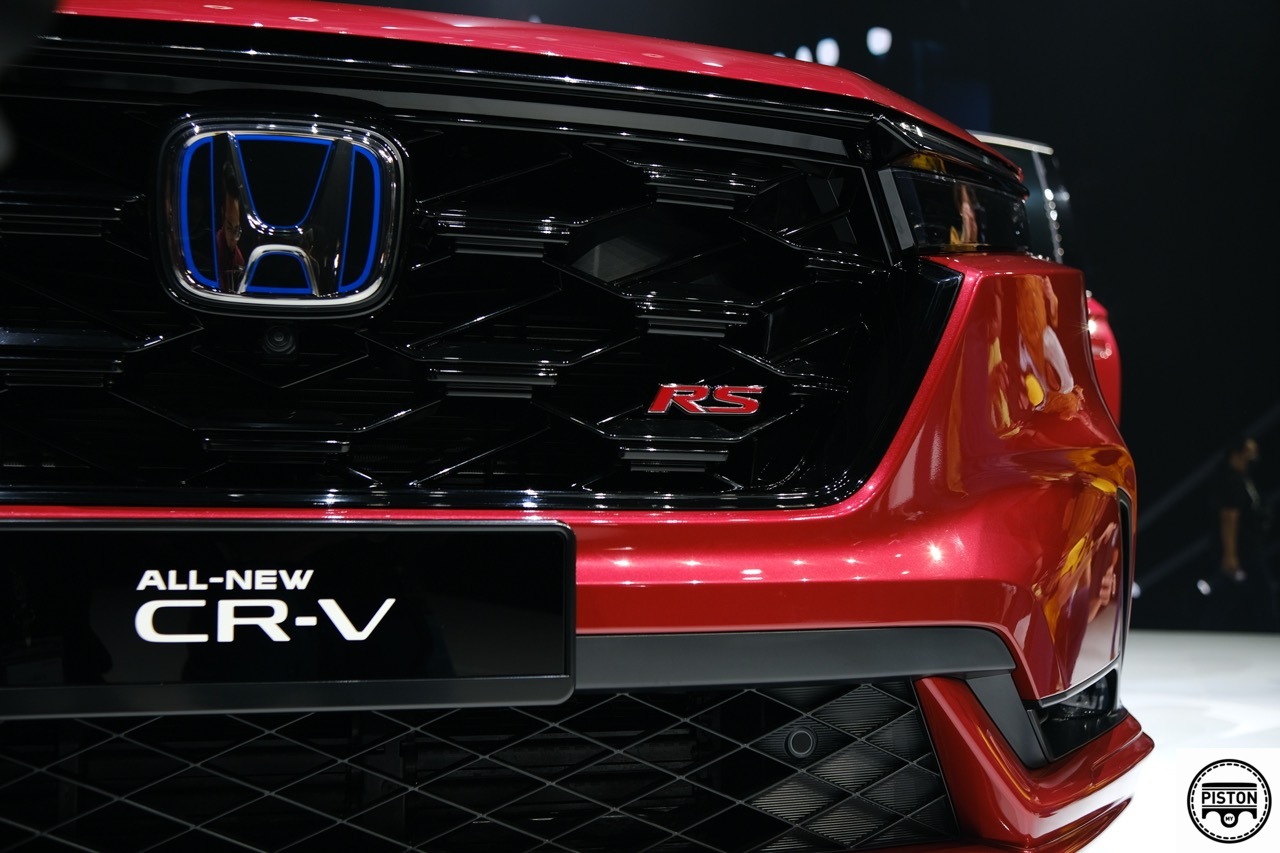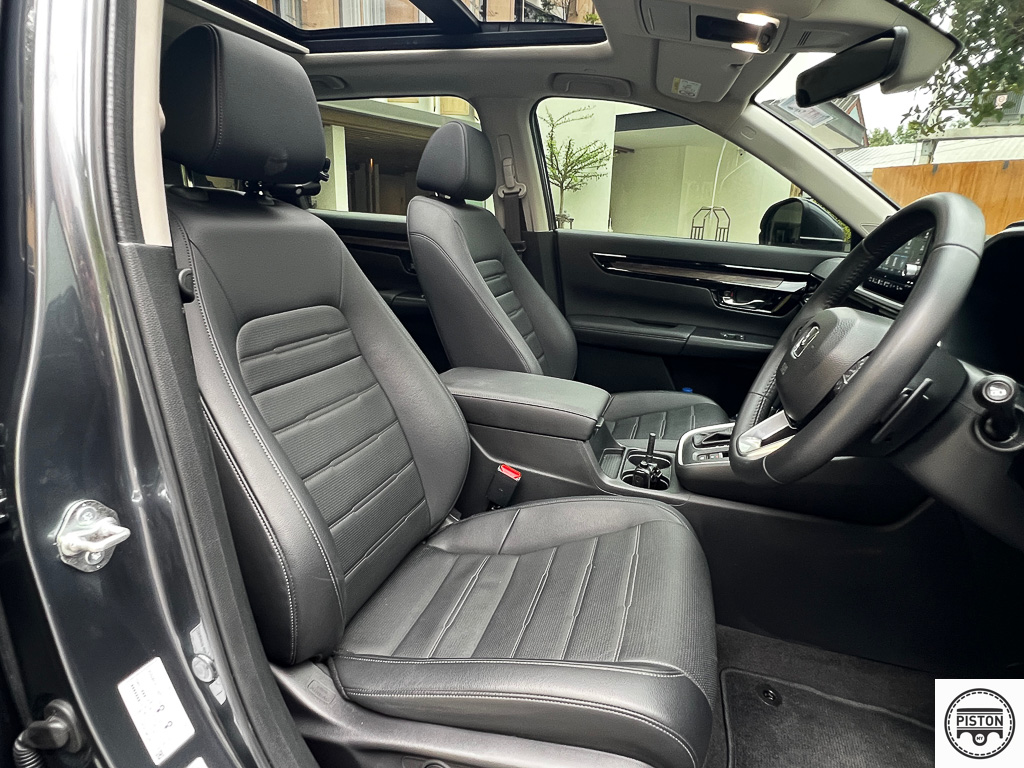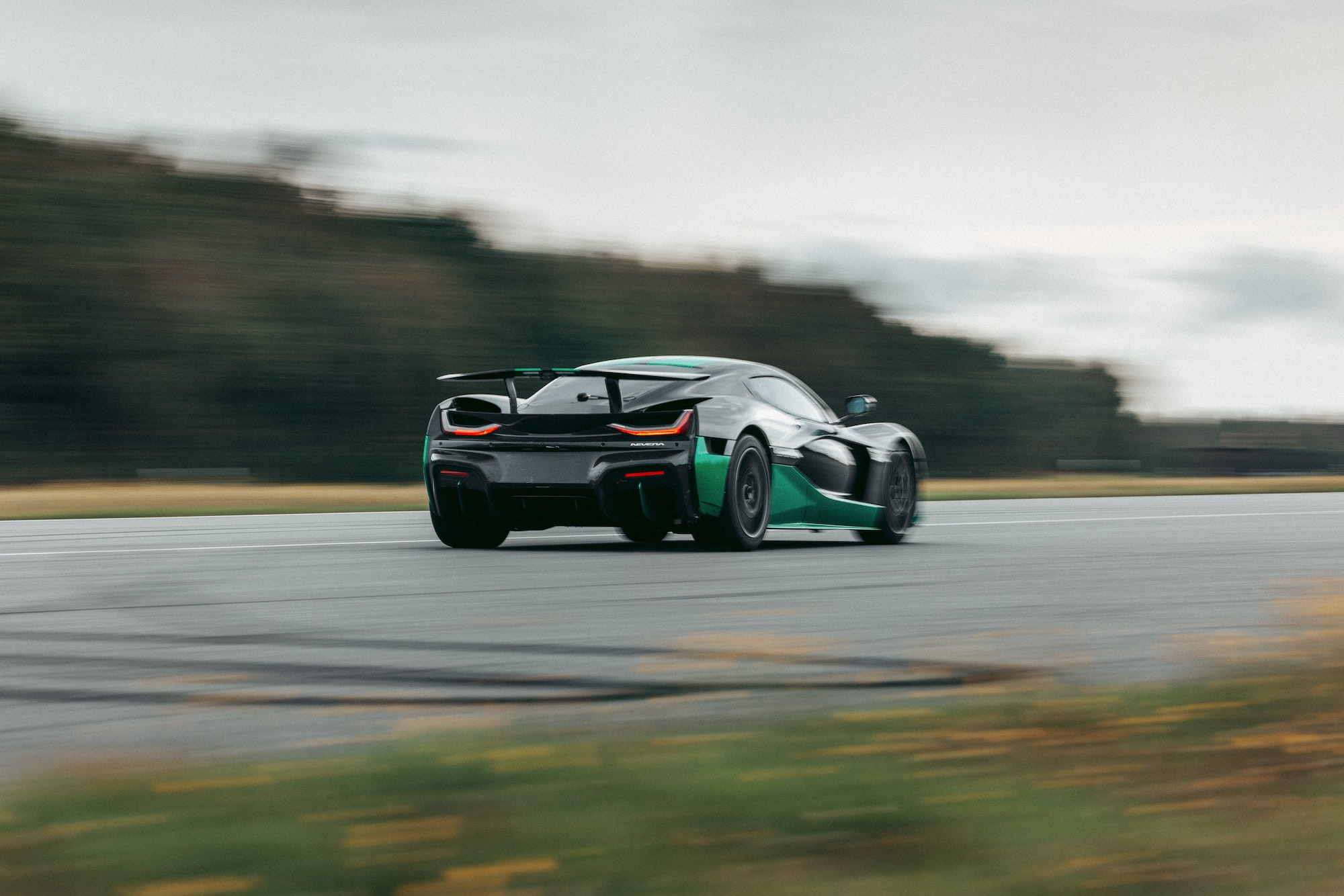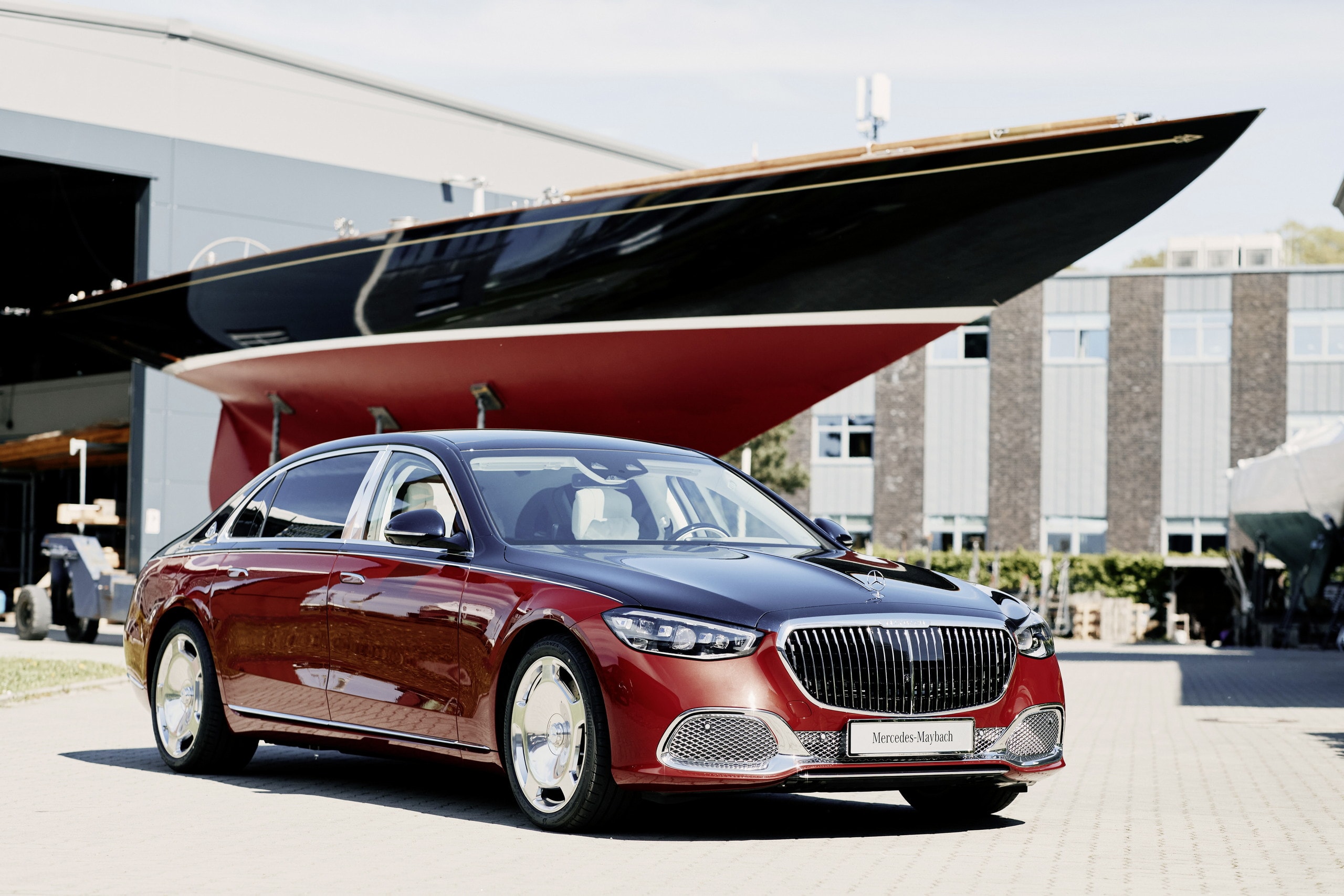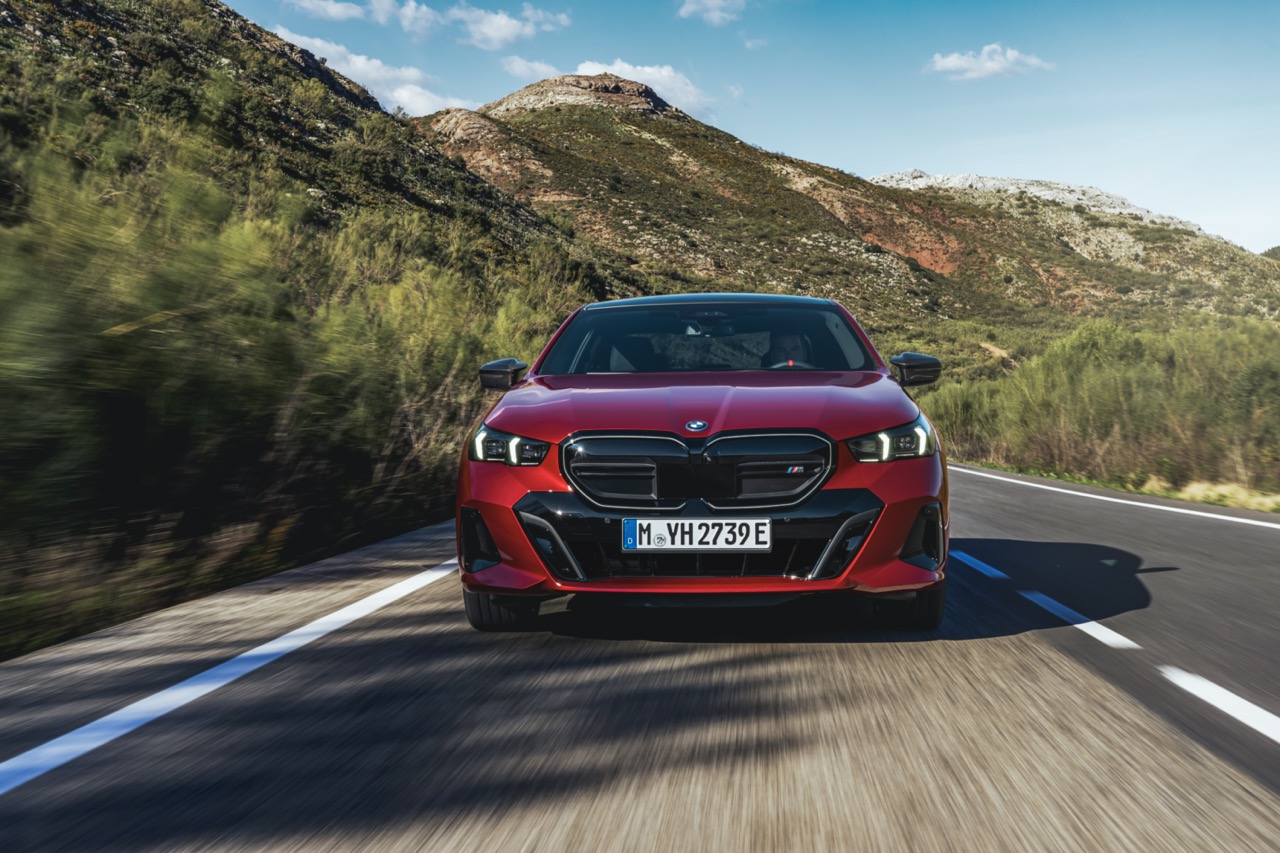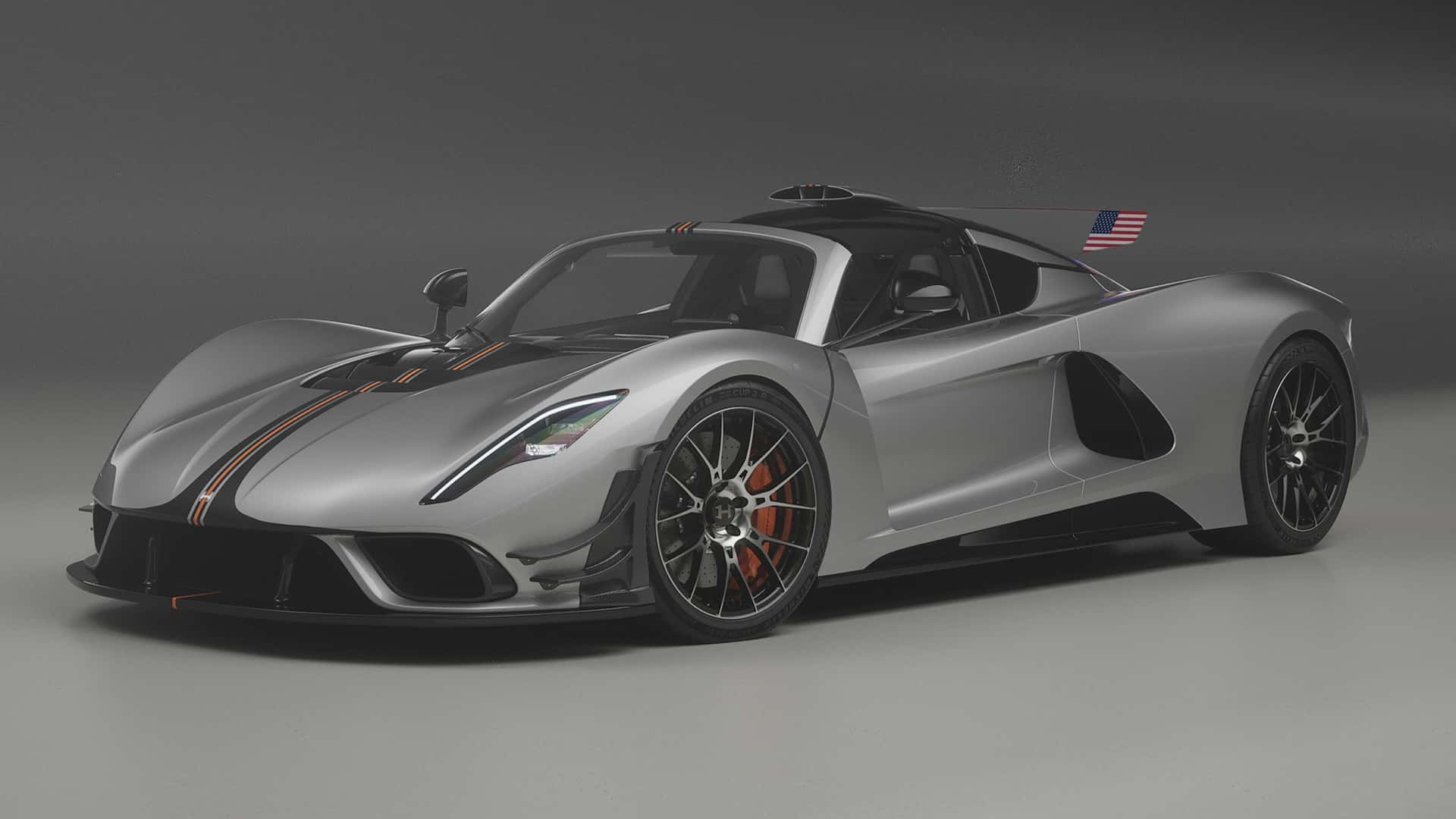Sistem Pemantau Sudut Buta boleh dikatakan sebagai salah satu sistem keselamatan yang wajib ada dalam kereta moden.
Ia berfungsi dengan menggunakan sensor ultrasonik yang terbenam di sisi atau di bahagian bawah bumper belakang kereta untuk mengesan kenderaan lain yang berada di sudut buta. Selepas itu, ia akan memberi amaran kepada pemandu, sama ada melalui amaran visual atau auditori.
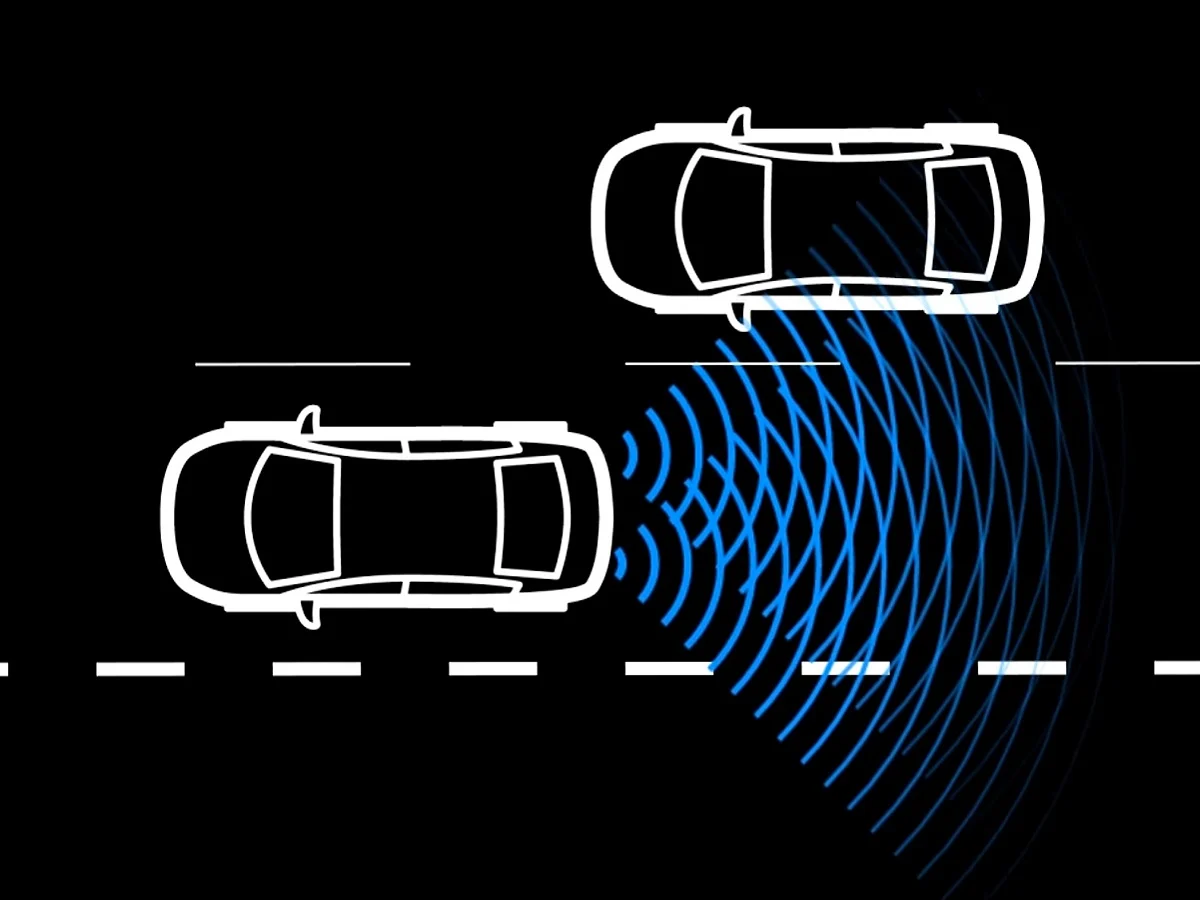
Beberapa sistem juga menggunakan kamera di sisi cermin pandang tepi yang dipasang di sisi.
Sistem Pemantau Sudut Buta ini dibangunkan oleh Volvo yang pertama kali menamakannya BLIS (Blind Spot Information System), dan pertama kali dipaparkan dalam konsep keselamatan kereta Volvo (SCC) pada tahun 2001 (di bawah).
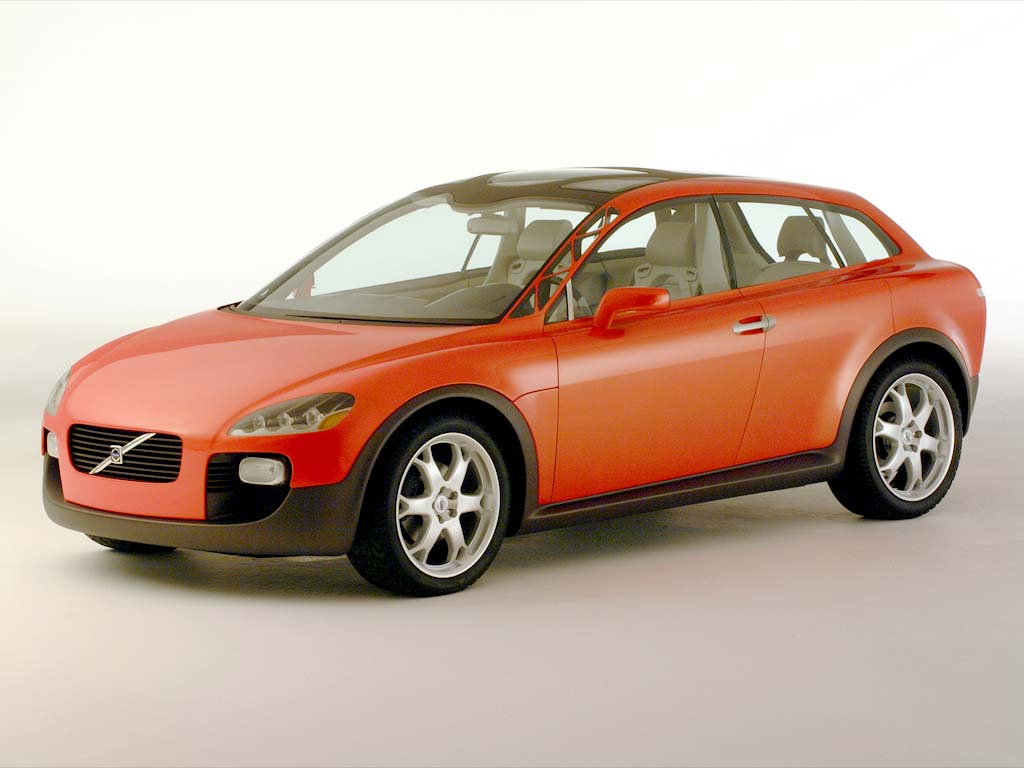
Ia kemudian dipaparkan semula di Pameran Antarabangsa Automotif Amerika Utara 2004 di Detroit, Michigan, dan boleh didapati sebagai pilihan pada wagon XC70 dan sedan S60 pada tahun yang sama.
Pada hari ini, Sistem Pemantau Sudut Buta (BSM) tersedia dalam pelbagai kereta, termasuk Perodua Myvi dan Axia.
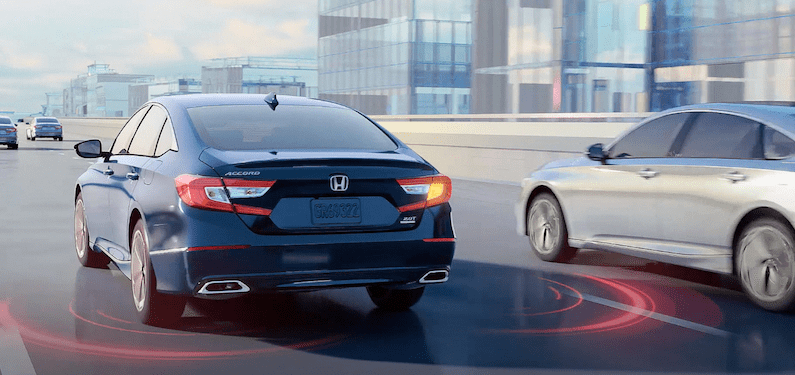
Namun, dengan menariknya, kereta Honda di Malaysia dijual dengan sistem alternatif kepada BSM yang dipanggil Sistem Lane Watch (LWS).
LWS mempunyai objektif yang sama seperti sistem BSM di mana ia memberi amaran kepada pemandu tentang halangan di sudut buta kereta.
Walau bagaimanapun, ia berfungsi dengan menggunakan kamera yang diletakkan di cermin sisi kiri dan kemudian menunjukkan imej video bahagian belakang di sudut kiri kereta.
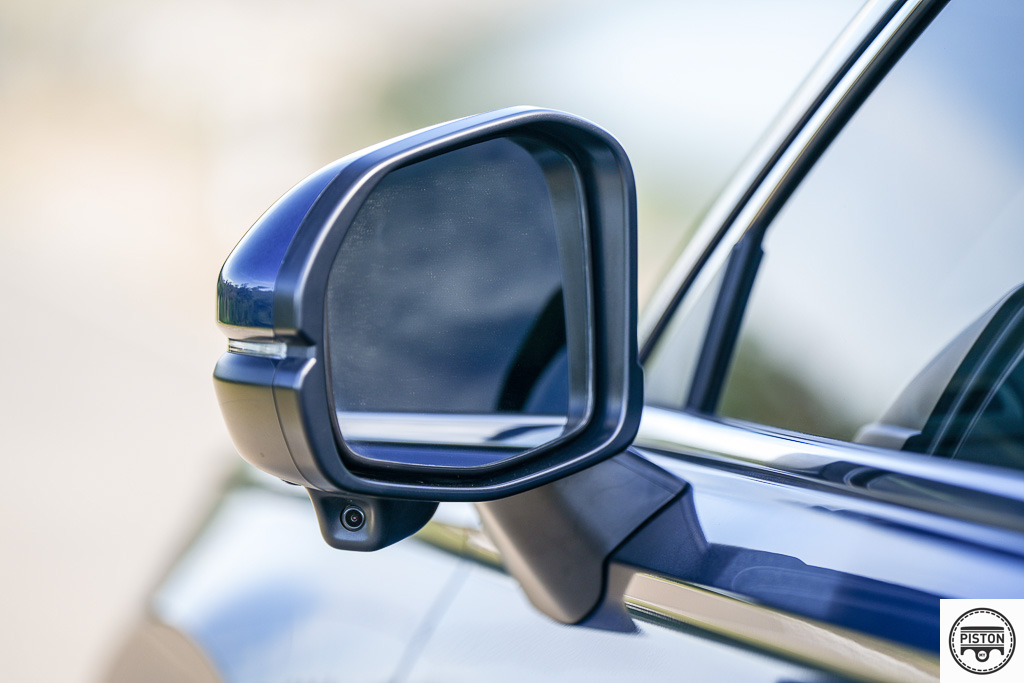
Ini hanya berfungsi apabila lampu isyarat digunakan atau apabila butang yang diletakkan pada batang lampu isyarat ditekan. Tiada amaran visual atau auditori yang lain dan ia juga tidak memberi amaran tentang kenderaan lain di sisi kanan kereta.
Masalah lain adalah bahawa ia hanya berfungsi dengan baik pada siang hari apabila matahari bersinar dengan terang. Ini kerana kamera yang digunakan menghantar imej yang berbutir ke skrin yang terletak di tengah, yang seringkali juga menunjukkan peta GPS.
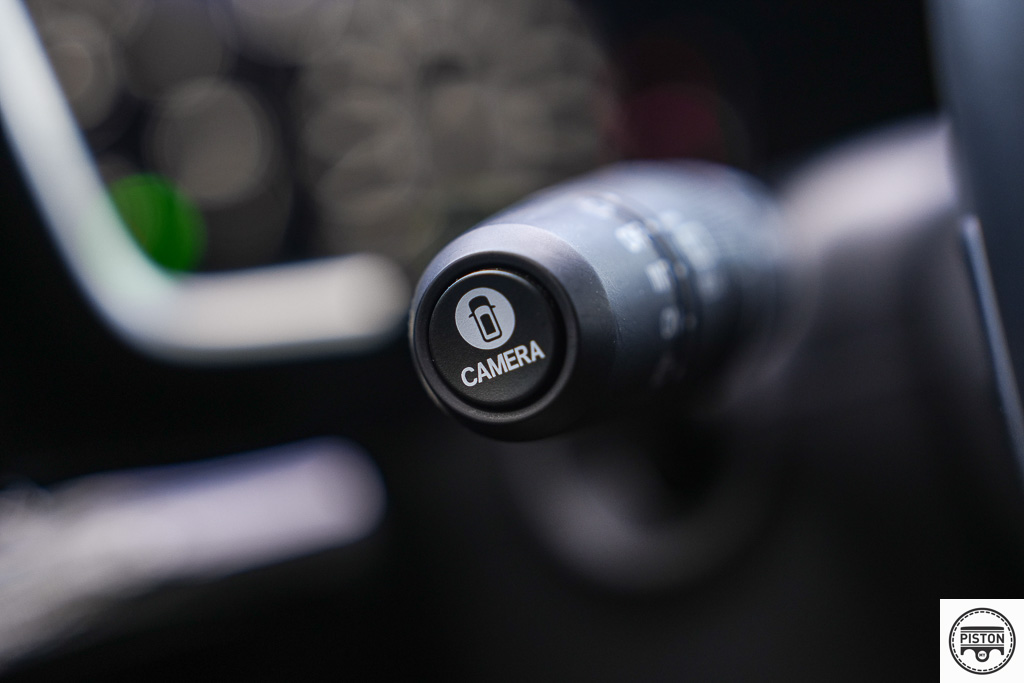
Ia tidak berfungsi dengan baik dalam keadaan cahaya rendah, pada waktu malam, atau yang lebih teruk, dalam hujan monsun Malaysia di mana hampir tidak dapat dilihat apa-apa.
Kerap kali, dua motosikal yang sedang bergerak seiringan pada waktu malam boleh disalahanggap sebagai satu kereta.
Walaupun begitu, Honda menawarkan sistem Pemantau Sudut Buta di pasaran lain, cuma bukan di Malaysia. Belum lagi lah.
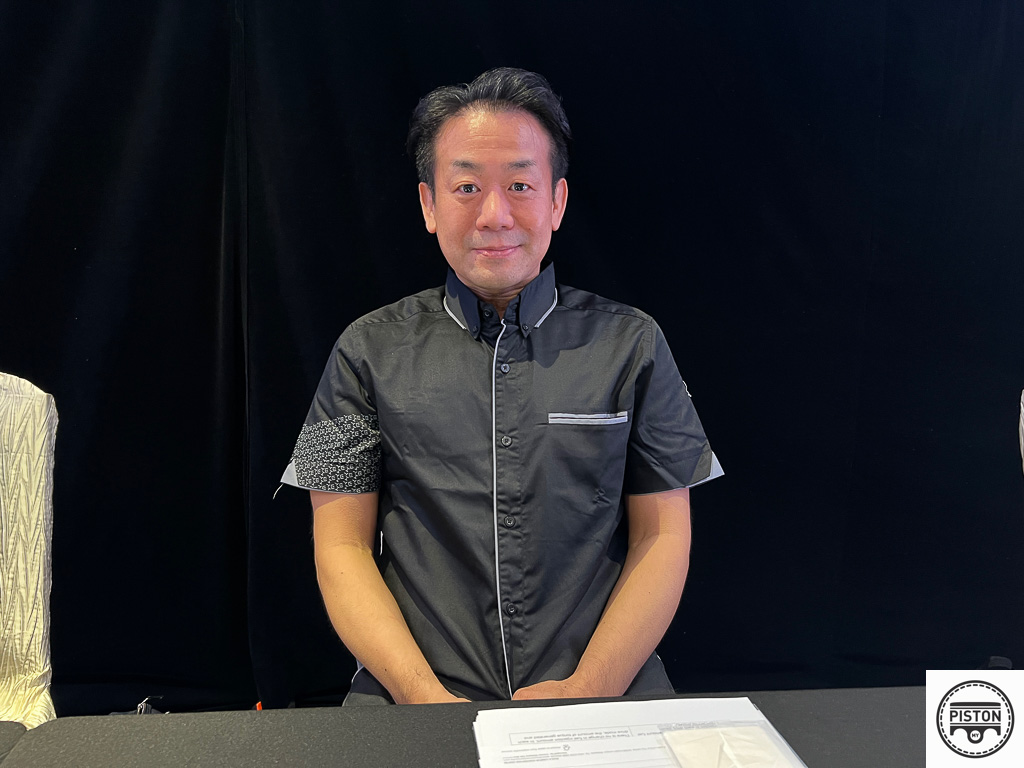
Baru-baru ini, kami berpeluang bertanya mengenai perkara ini semasa temuramah media peribadi dengan Eisuke Sato (diatas), Pemimpin Projek Besar Honda CRV generasi keenam yang baru dilancarkan. Sato-san terbang dari Jepun untuk memperkenalkan CRV baru di Malaysia.
Apabila ditanya oleh Piston.my mengapa Honda di Malaysia masih menggunakan Lane Watch daripada sistem Pemantau Sudut Buta, Sato-san berkata, “Di kawasan lain, kami menggunakan BSM dan dalam CRV secara global, kami juga menggunakan BSM.”
“Namun, khususnya di Asia dan di Malaysia, kami mengambil kira bagaimana motosikal sering digunakan dan kami percaya bahawa Lane Watch lebih berkesan.”
“Kerana Lane Watch boleh mengvisualisasikan di mana motosikal berada dan berapa banyak motosikal, sistem Lane Watch dapat memberikan maklumat yang lebih tepat kepada pemandu.”
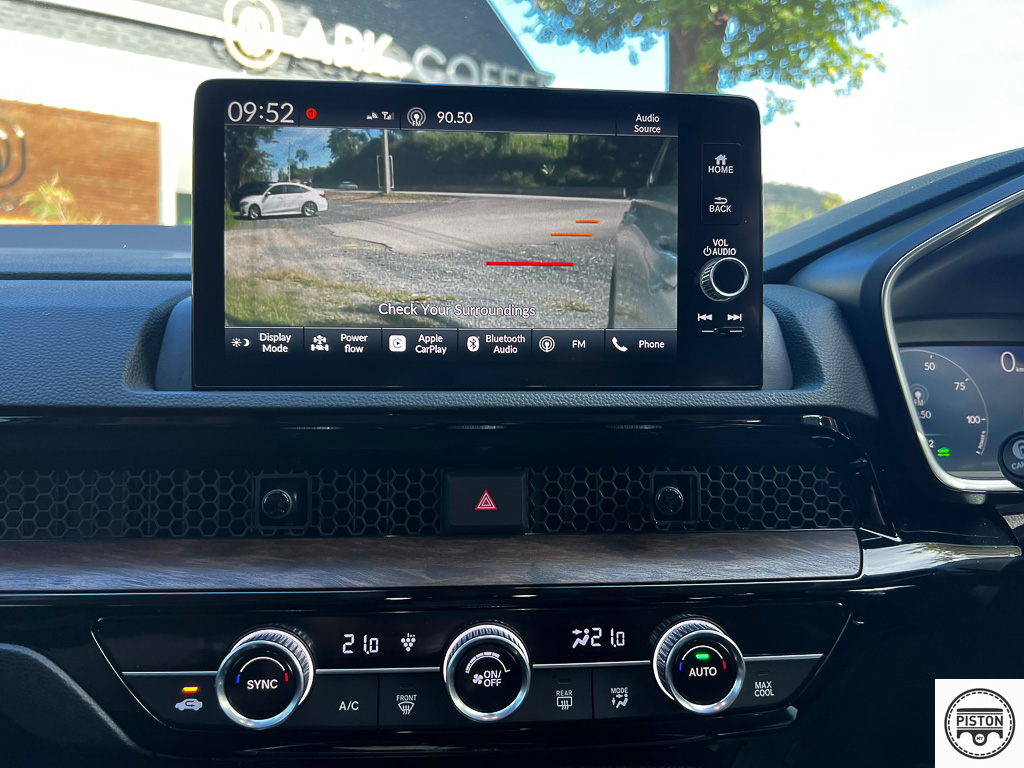
Apabila ditanya tentang imej yang kadangkala terkabaur dan bagaimana penggunaan kamera definisi tinggi mungkin menjadikan sistem lebih berkesan, Sato-san menjawab, “Jika kita melihat pesaing, ada yang menggunakan kamera definisi lebih tinggi tetapi kami mengesahkan bahawa spesifikasi semasa yang digunakan dalam CRV sudah mencukupi untuk menangkap kehadiran motosikal.”
“Kami juga memahami bahawa dalam situasi gelap dan hujan, pemandu memerlukan lebih banyak kejelasan, jadi kami akan terus memantau situasi ini dan akan mempertimbangkan peningkatan untuk model-model seterusnya,” tambahnya.
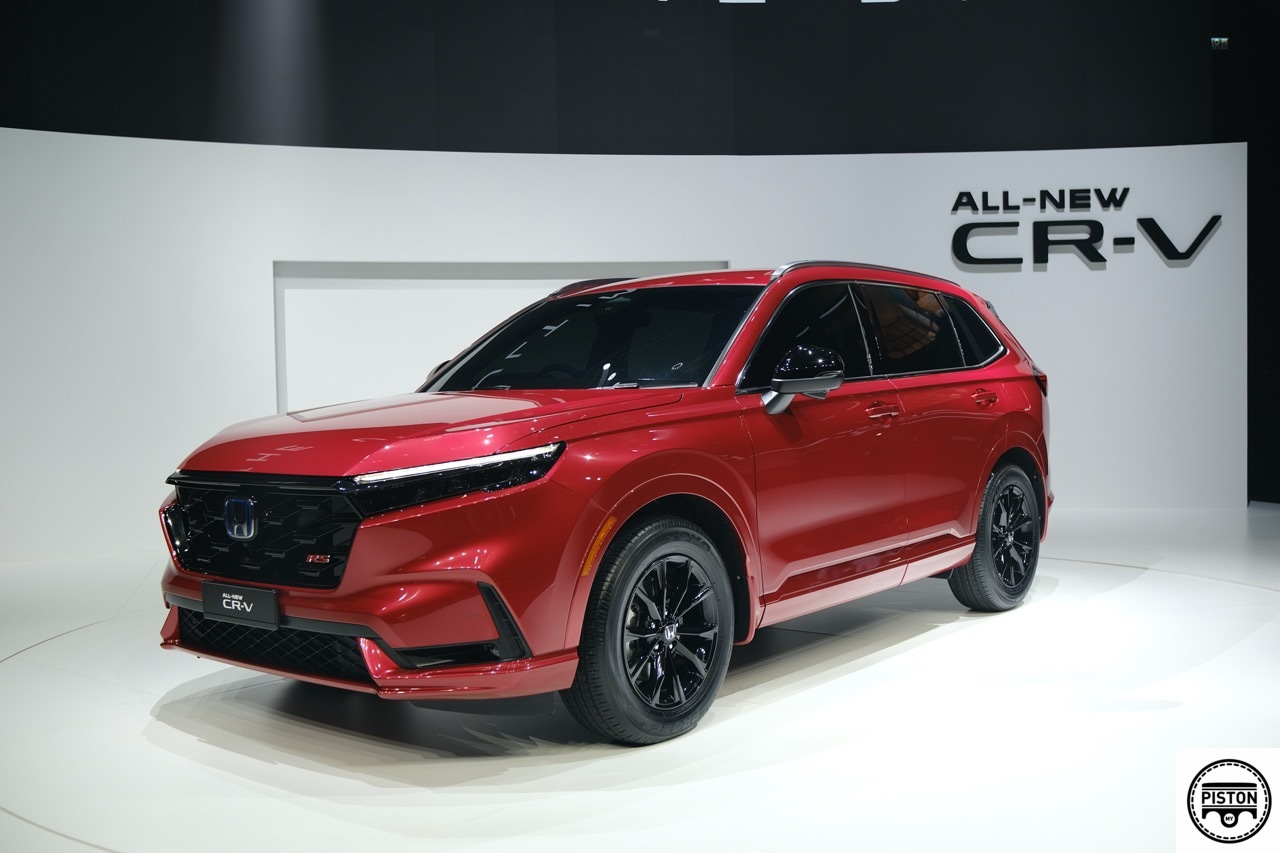
Tidak dapat dinafikan bahawa sistem Pemantau Sudut Buta berfungsi lebih baik dalam cahaya rendah dan cuaca buruk, dan baguslah bahwa Honda Malaysia mendengar maklum balas dari pengguna.
Jadi, adakah kita akan melihat sistem Pemantau Sudut Buta muncul dalam model-model akan datang? Jika ada sesuatu yang kita ambil dari temuramah itu, kita boleh dengan yakin mengatakan ya, cuma masalah masa sahaja.
